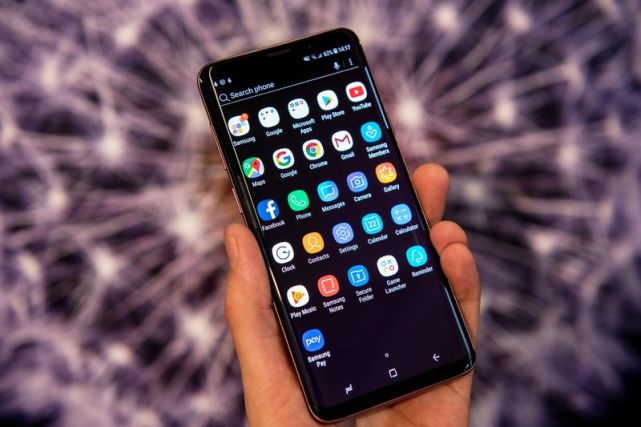IPhone X failed to bring fire to OLED screen and Samsung faces pressure to reduce production and reduce prices

According to foreign media reports, the future of the OLED screen is bright, but it is not clear when and how long it will last.
The OLED screen has always been called the future of the smartphone because it is better than the LED screen and has more energy efficiency. Later last year, as apple was ready to release iPhone X on the OLED screen, the supplier Samsung Electronics quickly increased its capacity.
But now, the market is worried that the OLED screens may be oversupply and need to be cut down. According to people familiar with the matter, because iPhone X sales are not as good as those of Wall Street and Samsung, the number of OLED screens supplied by Samsung to apple is only half that of the company. According to the sources, the operating profit of Samsung's display business this year will be less than some analysts expect.
Chinese smartphone makers may use OLED screens and drive demand, but it's not possible in the short run.
"The price will be able to lure China mobile phone manufacturers, to solve the problem of overcapacity," South Korea Park Daishin securities analyst Kang-ho said, "the OLED market will shrink this year, but I don't think pessimism will continue until next year or the year after. Now, Samsung can only continue to carry it. "
According to the lovers, Samsung is still committed to OLED technology and has not yet felt the pressure to reduce the price. Samsung is hosting part of its OLED business on Galaxy S9 and a folding screen in the future. In addition, apple is supposedly planning to release a giant screen iPhone that uses the OLED screen later this year.
The Samsung display company is one of the few suppliers that can produce tens of millions of OLED panels for Samsung Electronics and apple. At the same time, the LG display company has also begun to force its OLED business; it provides some screens for Google smartphones and will supply a screen for the apple in the future.
But many smartphone vendors, especially Chinese manufacturers, have not yet widely used the OLED screen.
Mirabaud Securities securities analyst Neil Champlain (Neil Campling) said: "the previous industry consensus is that once the capacity is sufficient, other mobile phone manufacturers will try to turn to the OLED display. But Samsung's recent problems show that other manufacturers, such as millet, OPPO, vivo and HUAWEI, are obviously not in a hurry to use the OLED display.
The main reason why Chinese manufacturers are not eager to adopt the OLED screen is the price. According to IHS Markit estimated by the Research Institute, the 5.5 inch LCD display used in iPhone 8 Plus is priced at 52 yuan per block, while the 5.8 inch OLED display used by iPhone X sells for up to 110 dollars.
The progress of LCD technology has also delayed some mobile phone manufacturers to turn to OLED. In addition to iPhone X, almost all other apple devices use a LCD display.
"For many users, the LCD screen is good enough, and the price gap between OLED and LCD is still large," Bloomberg think tank analyst Simon Chen (Simon Chan) said.
OLED is still facing other problems. Last year when Google launched the Pixel intelligent mobile phone, some users complained that its mobile phone appeared color display errors and burning issue. Apple is also on the official website warned that the typical characteristics of OLED panel including burn-in and slight discoloration.
Raymond Soneira, chief executive of DisplayMate Technologies, said: "the survival of OLED is mainly driven by the powerful financial companies such as Samsung, apple and LG monitor, so that it can continuously improve" Raymond Soneira ". When I studied OLED a few years ago, its performance could only be in the end.







